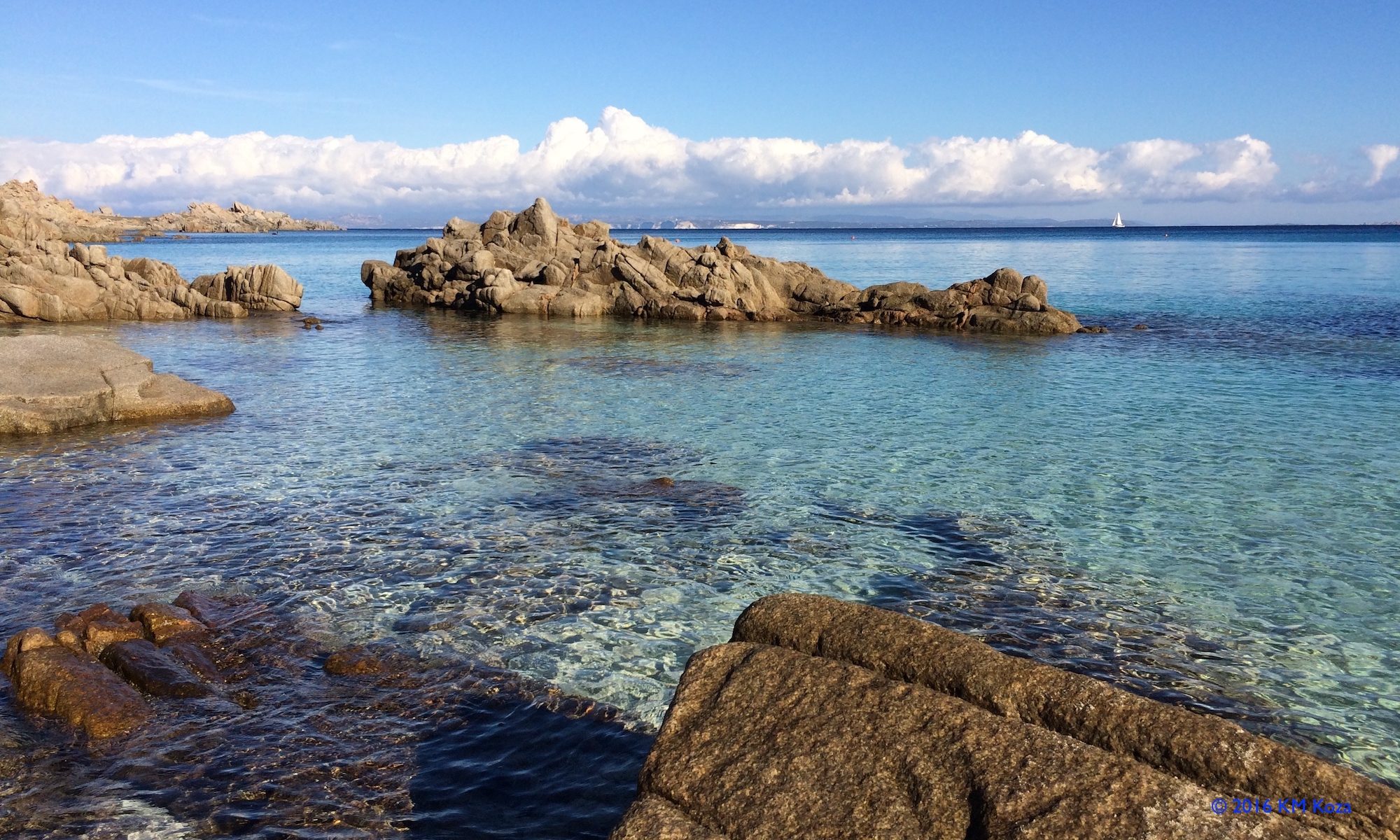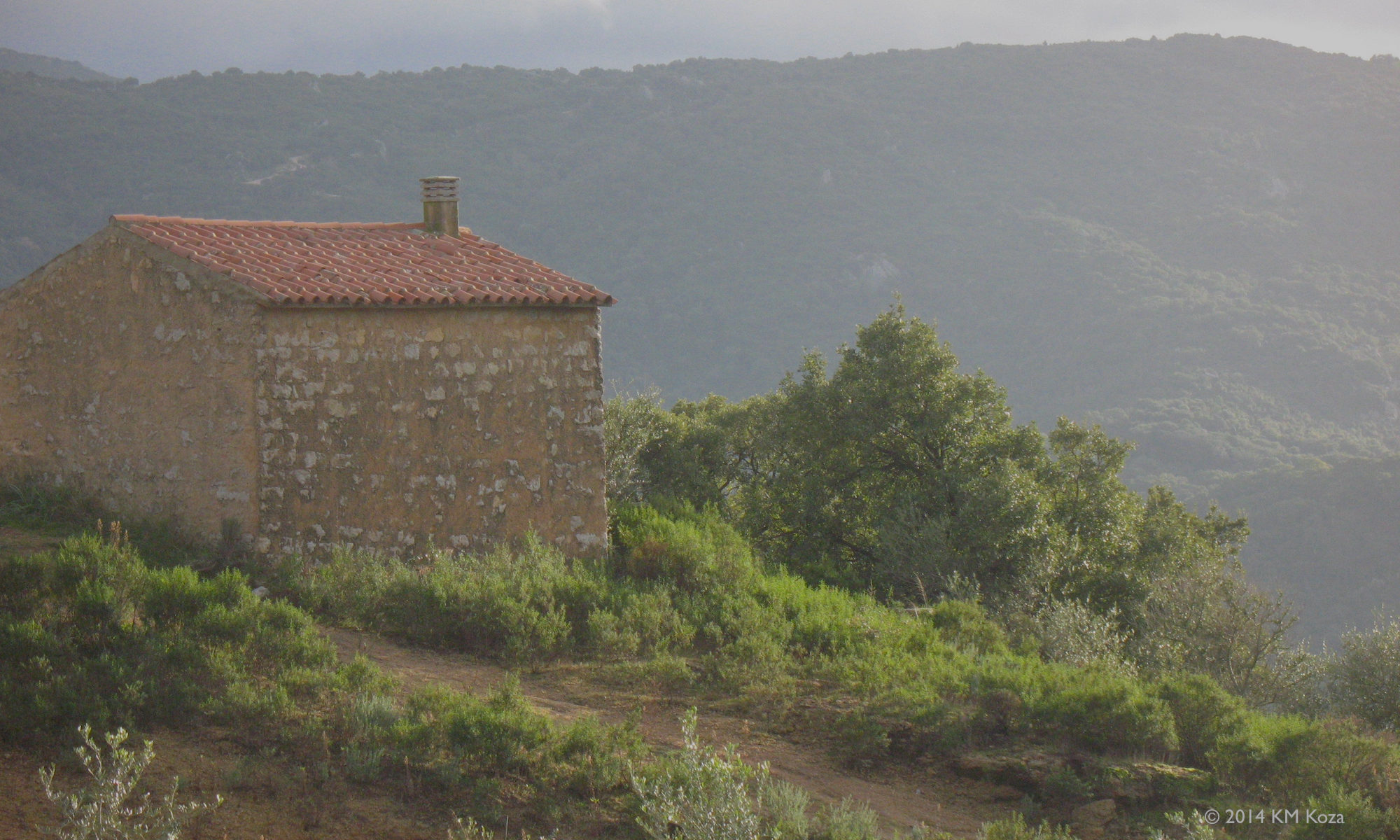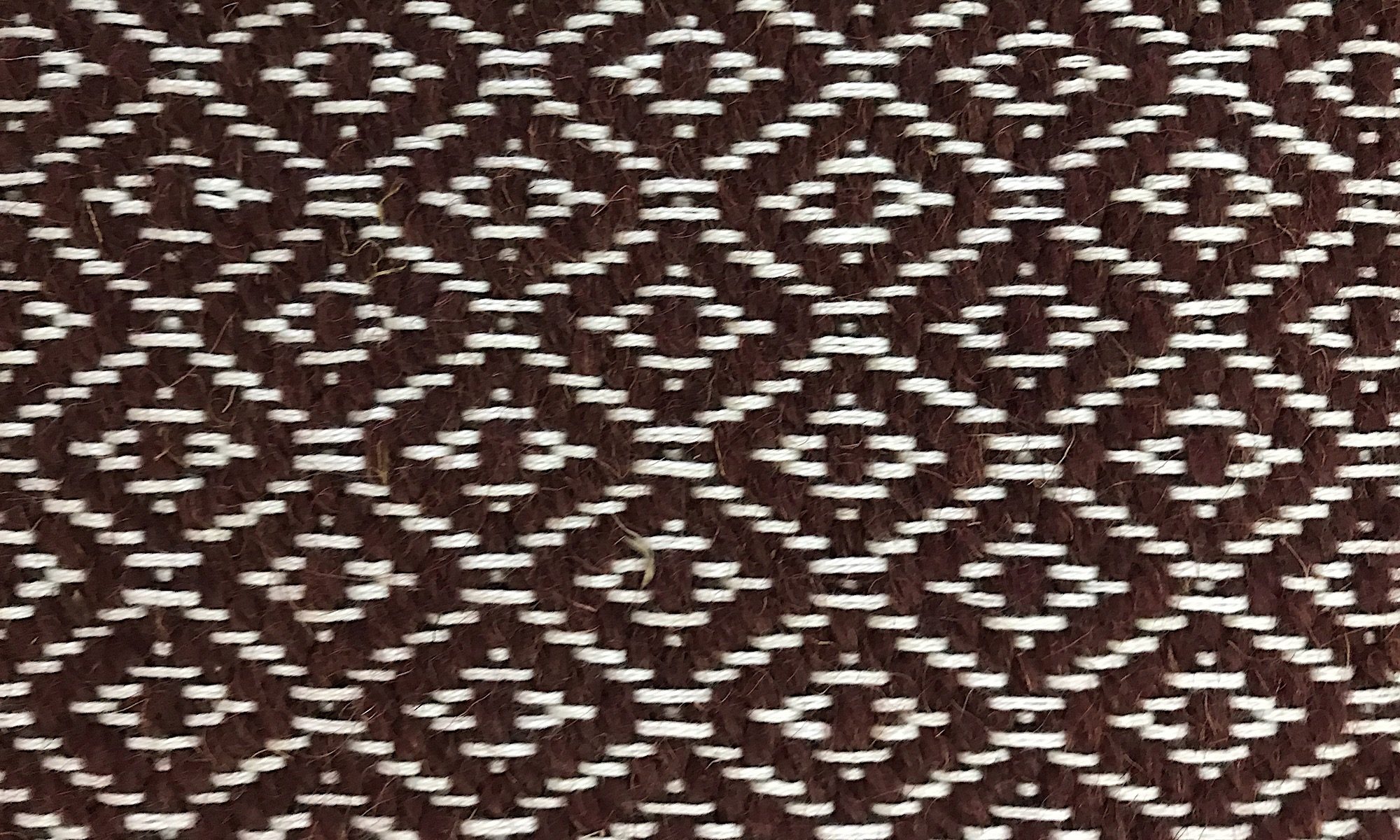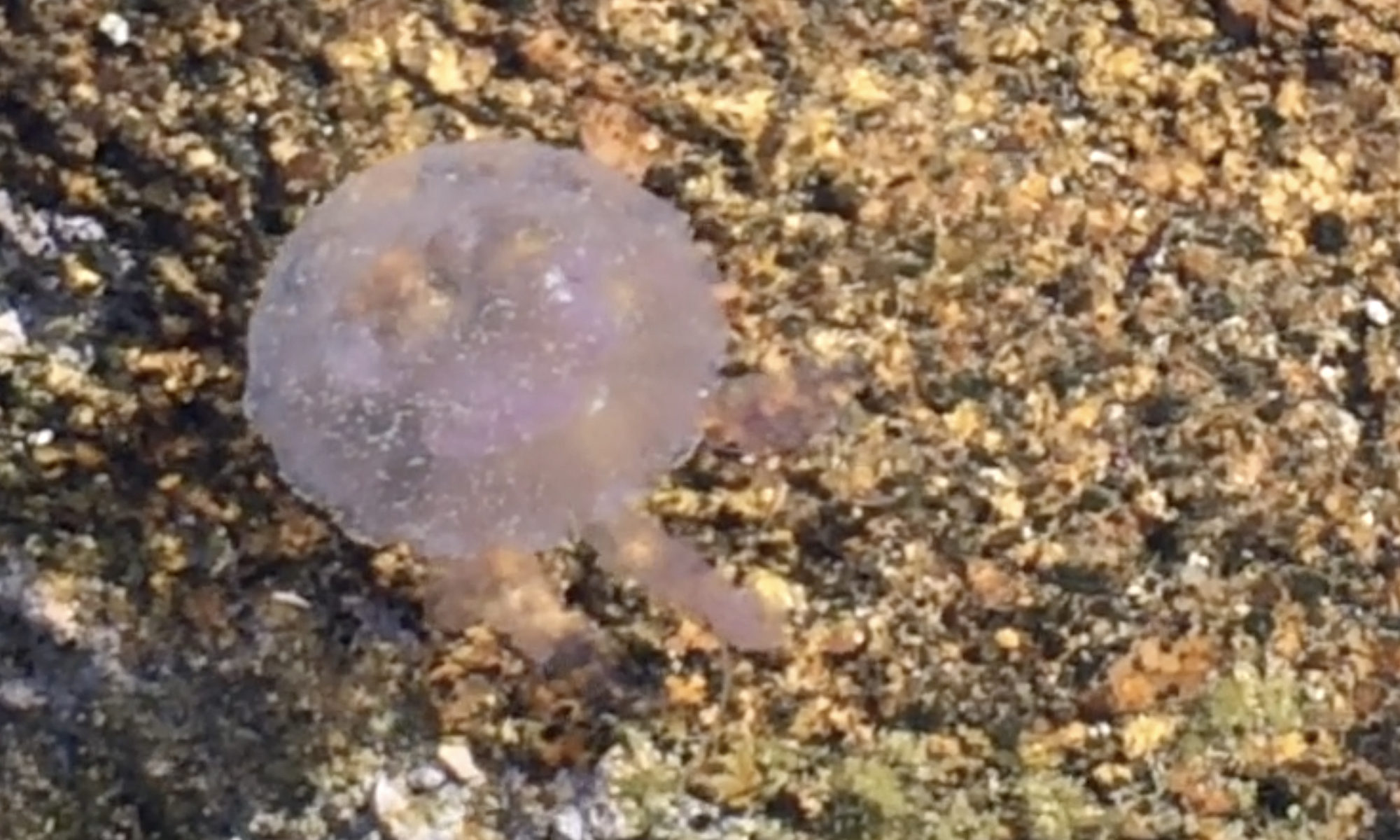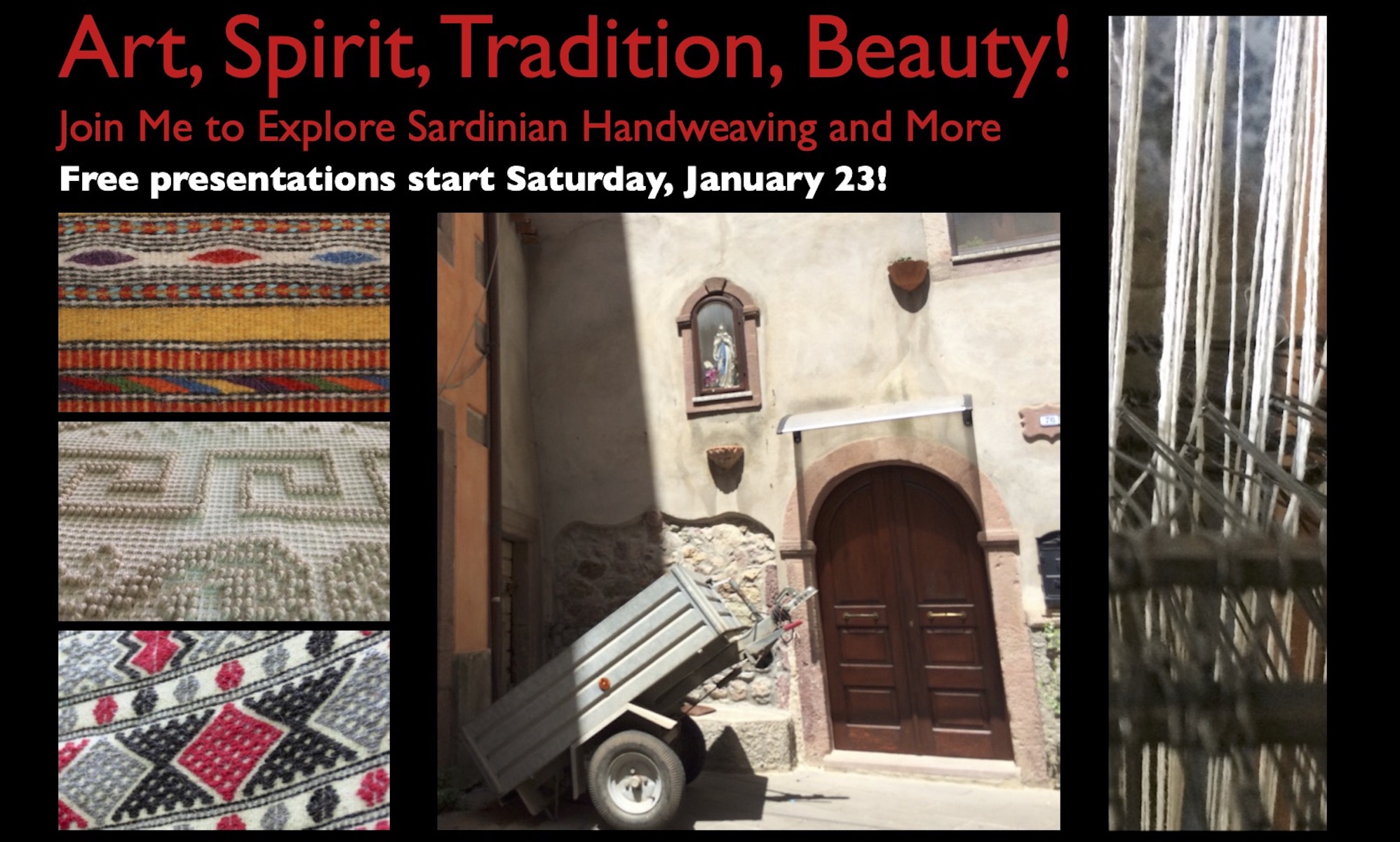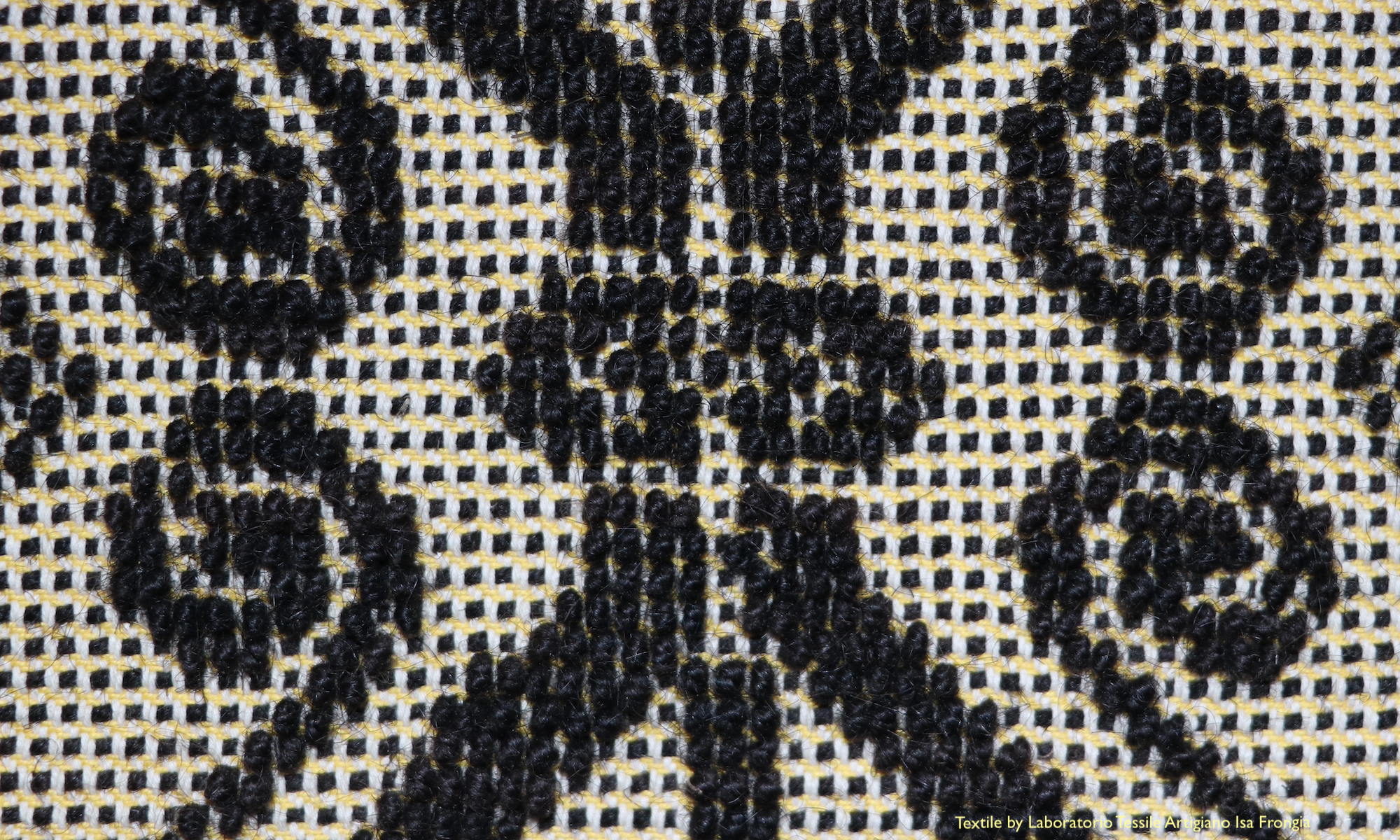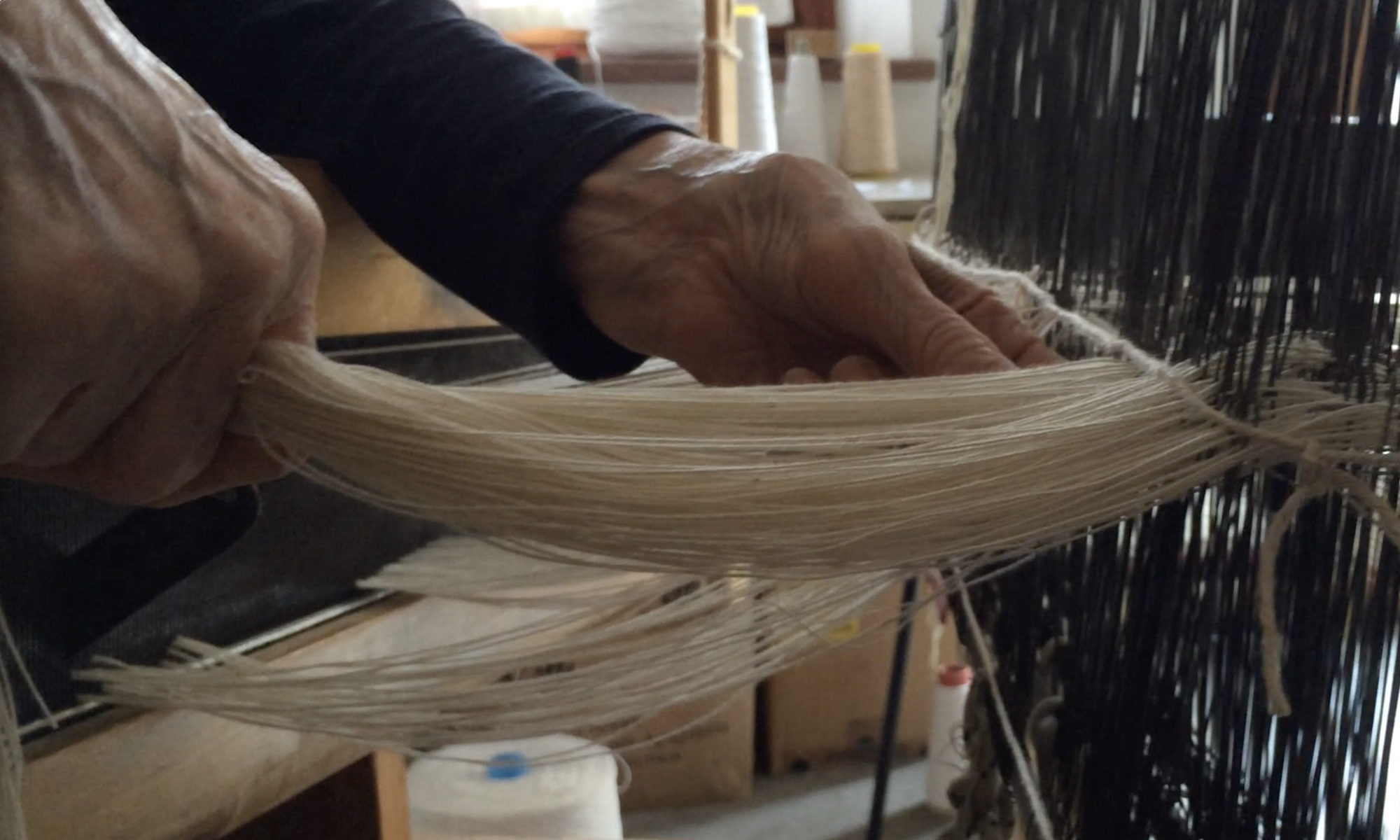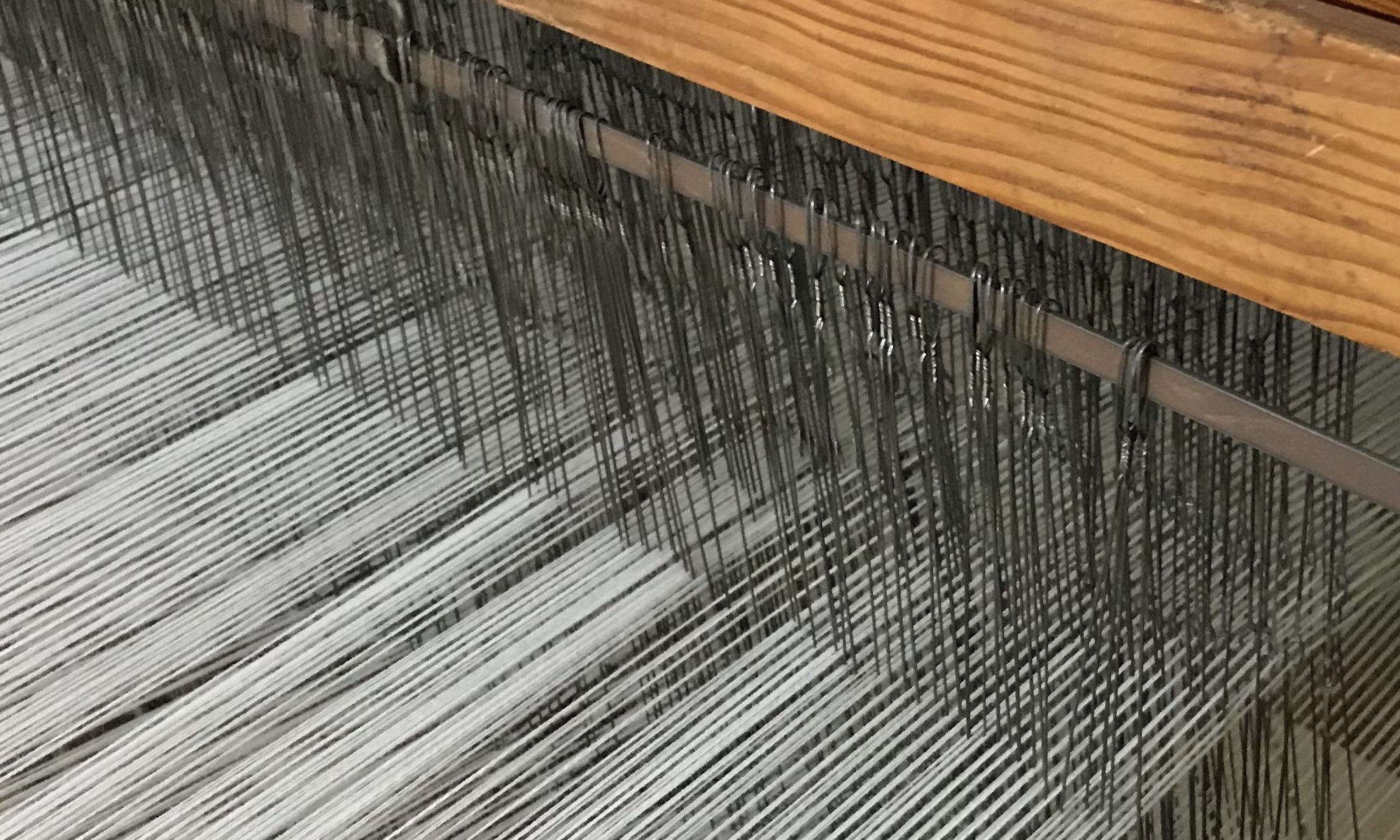Like much of the world, Italy’s travel regulations are in constant flux due to the pandemic. For the most part, travel to Italy is restricted until July 31, 2021. Only travelers from certain countries (including the United States) can enter.
Currently, all travelers entering Italy must take a Covid test upon arrival and test negative in order to avoid a quarantine. This includes European Union (EU) citizens. Travelers from locations outside the EU must arrive on what are termed “Covid tested flights” and test negative in order to avoid the current 10-day quarantine. Each of the different arrival options requires you to provide and sign documentation attesting your health statements are truthful and that you will adhere to the required protocols.
Covid Tested Flights
Italy permits travelers to enter on Covid tested flights departing from select airports in a handful of countries. Passengers on the Covid tested flights must complete certain paperwork and test negative for Covid before being permitted to enter and travel within Italy without undergoing a 10-day quarantine.
US travelers can book Covid tested flights on Delta or American Airlines. The Covid tested flights depart from New York (JFK) or Atlanta (ATL) and arrive in Milano (MXP) or Roma (FCO). Napoli (NAP) and Venezia (VCE) may be cleared to accept Covid tested flights at some point in the near future.
Travelers arriving on a Covid tested flight must meet these requirements:
- Before the trip, provide a completed declaration form stating the reason for the trip, details about your prior travel, flight to Italy, Covid/vaccination status, and so forth (airlines generally provide this form)
- Before boarding, complete and provide a Passenger Locator Form giving details about your itinerary
- Upon boarding, provide a proof of a negative Covid swab test taken no more than 48 hours prior to departure (airlines may provide this as part of the trip fee)
- Upon arrival at the destination airport, take another Covid swab test, which must test negative.
See detailed requirements and find updated information here.
Traveling to Sardinia
Each region within Italy has its own specific travel regulations. Sardegna Sicura has the latest information about requirements. In general, travelers to Sardinia must complete an additional self-declaration form.
If you happen to be going to Sardegna this summer and would like suggestions on where to go and what to do, contact me!
Vaccinated Travelers
Official information is still incomplete about plans to allow travelers vaccinated against Covid to enter Italy (and Europe) easily and move about freely. As of right now, it seems that vaccinated travelers from EU member states may be able to enter Italy and travel without tests or quarantines after July 1, 2021.
While I had seen articles about vaccinated US citizens being able to enter freely after June 15, as of June 7, 2021, there’s no official information on the Italian websites about this. A digital health certificate (also called a “Green Passport”) confirming vaccination status appears to be close to launching for EU citizens, but there’s no official launch date or information about when such a digital app/Green Passport would be available for US and other non-European travelers.
Helpful Websites and Smartphone Apps
The websites and smartphone apps below are updated on a regular basis. The information on the apps is generally updated more quickly and more frequently than the information on the websites. Find the smartphone apps on The App Store or GooglePlay.
- Italian Ministry of Health, Covid Information
- International Air Travel Association (IATA) Covid Travel Map
- Reopen EU (Smartphone app available)
- Viaggiare Sicuri
- Sardegna Sicura (Smartphone app available)

